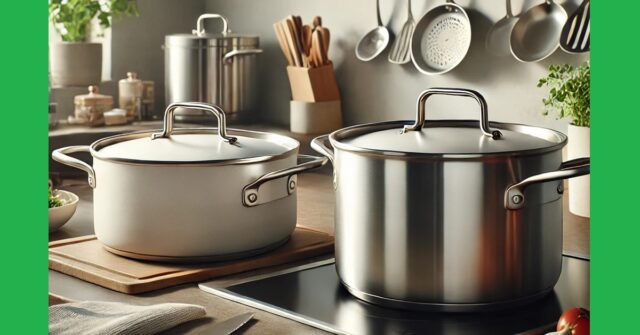Ceramic cookware offers a non-stick surface, making it perfect for low-fat cooking and easy cleanup. However, it’s less durable, prone to chipping, and unsuitable for very high heat. On the other hand, stainless steel is highly durable, versatile, and ideal for high-heat cooking like searing and browning. But it may require careful temperature control to prevent sticking. So, ceramic vs stainless steel cookware: which is best? Choosing between stainless steel and ceramic cookware depends on your cooking needs and preferences. If you value longevity, stainless steel is the better option, while ceramic is great for convenience and healthier cooking styles. Here I discuss a deep comparison between Stainless Steel and Ceramic Cookware from my own experience.
What is Ceramic Cookware?
Ceramic cookware is typically made from a base material such as aluminum or stainless steel, which is then coated with a ceramic layer. The ceramic coating is derived from natural materials, primarily a silica-based gel made from sand. This layer creates a smooth, non-stick surface that is free of harmful chemicals like PTFE (Teflon), PFOA, and cadmium.
It offers low oil cooking, ease of cleaning, and heat retention for even cooking at lower temperatures However, the quality of ceramic cookware can vary significantly; premium options are more durable, with thicker coatings and higher heat resistance, while cheaper varieties may have thinner coatings that chip or wear out faster.
What is Stainless Steel Cookware?
Stainless steel cookware is made from an alloy of iron, chromium, and nickel. Some cookware may include additional metals like aluminum or copper in the base or core to improve heat conductivity and a magnetic stainless steel base for induction compatibility.
Stainless steel is known for its durability and non-reactive nature. It withstands high heat, offers excellent browning and searing capabilities, and retains its appearance over time with proper care. However, there are different types of Stainless Steel Cookware available with different feature. Such as, Single-Ply, Tri-Ply or Multi-Ply or Cladded, 18/10 and 18/8 Stainless Steel Cookware.
Stainless Steel vs Ceramic Cookware: Which is Best?
Key Differences at a Glance
| Feature | Ceramic Nonstick Cookware | Stainless Steel Cookware |
| Best For | Low-fat and delicate cooking | High-heat and flavor-rich cooking |
| Ease of Cleaning | Very easy | Moderate (requires scrubbing for stuck-on food) |
| Durability | Moderate (coating may wear off).
Typical Lifespan 2–5 years (with proper care). |
High (can last a lifetime with proper care).
|
| Price Range | Single Pan $15–$50
Cookware Set $50–$300 |
Single Pan $20–$150
Cookware Set $100–$1,000 |
| Maintenance Needs | Easy to maintain & gentle care required (no metal utensils, mild cleaning) | Requires more effort to clean (requires polishing occasionally) |
| Vulnerability | Prone to scratching, chipping, and heat damage | Highly resistant to physical damage |
| Nonstick Ability | Naturally nonstick, requires minimal effort | Requires seasoning and technique |
| Dishwasher Compatibility | Many are dishwasher-safe but handwashing is better | Dishwasher-safe. |
| Cleaning Tools | Soft sponge, mild soap | Can use abrasive scrubbers for tough stains |
Stainless steel and ceramic cookware both have unique benefits and drawbacks that make them suitable for different purposes. Let’s see the detail comparison from different aspect.
Aesthetic Appearance
Ceramic cookware stands out for its vibrant and colorful designs. It comes in a variety of colors, patterns, and finishes, from glossy to matte, allowing users to match their cookware to their kitchen’s style.
Stainless steel is renowned for its sleek, classic, and professional look. Its polished, mirror-like finish provides a timeless elegance that complements any kitchen decor. Some models feature brushed or matte finishes. Over time, stainless steel maintains its shine and resists discoloration with proper care, adding to its long-lasting appeal.
Cooking Experience
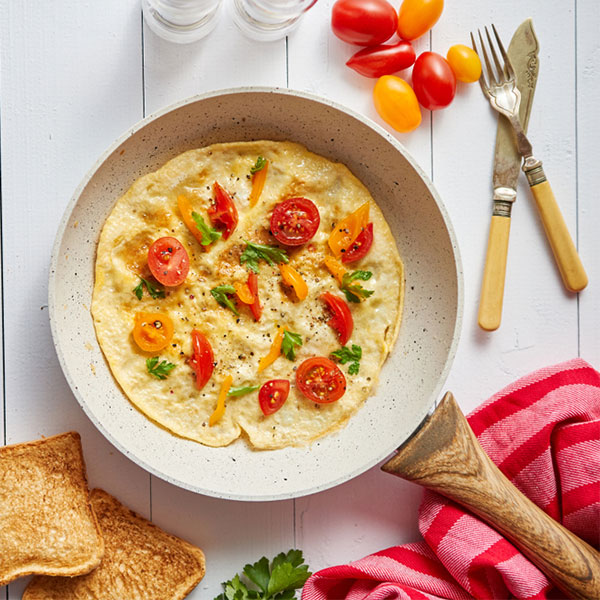
I love ceramic nonstick cookware for its smooth surface and effortless release of food. For example, when making pancakes, the batter glides easily on the surface, resulting in evenly browned and intact flips. Ceramic pans allow you to use minimal oil. While ceramic heats up quickly and distributes heat evenly, it’s best suited for medium to low heat. High heat can damage the coating over time. For instance, making delicate dishes like scrambled eggs is easier because the gentle heat prevents sticking and burning.
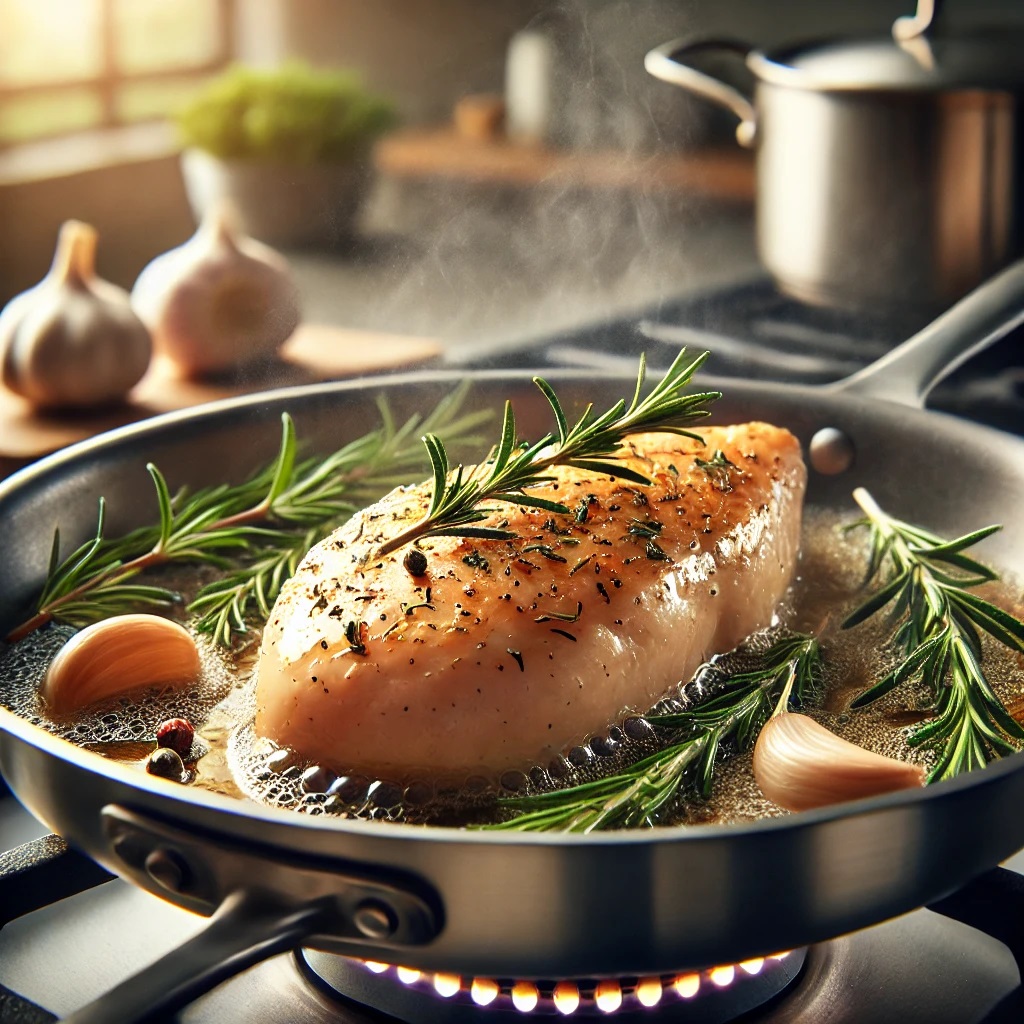
Stainless steel thrives under high heat, making it ideal for searing meats. Unlike nonstick, stainless steel promotes caramelization. Deglazing the pan with wine or stock after browning onions and garlic creates a rich sauce base. Stainless steel is nearly indestructible. From roasting in the oven to browning on the stovetop, it handles it all without wear and tear. Stainless steel cookware is a go-to for professional chefs and home cooks seeking durability and versatility.
Picture this: a stainless steel skillet transforms a simple chicken breast into a beautifully golden, restaurant-quality dish.
Durability and Longevity
The ceramic coating can wear down over time, especially with frequent use or improper maintenance. Avoiding metal utensils and abrasive scrubbers is essential to prevent scratches. For example, using a silicone spatula while flipping pancakes helps extend the life of the coating. Ceramic pans are not designed for high-heat cooking. Prolonged exposure to high temperatures can cause the coating to degrade, reducing its effectiveness. These pans typically last 2–5 years with proper care, depending on the quality and frequency of use.
Stainless steel is nearly indestructible. It doesn’t chip, warp, or scratch easily, even when exposed to high heat, metal utensils, or rough cleaning. For instance, you can safely sear a steak on high heat and use a metal spatula without worrying about damaging the surface. Quality stainless steel resists rust and corrosion, ensuring it remains functional and visually appealing for years. A well-maintained stainless steel pan can last a lifetime. Even in the rare case of discoloration or burnt residues, polishing can restore its shine and performance.
Nonstick Properties
The ceramic coating prevents food from adhering, making it perfect for delicate items like eggs, pancakes, and fish. No additional seasoning or preparation is required; it’s naturally nonstick from the start.
While ceramic nonstick cookware is specifically designed to prevent sticking, stainless steel cookware requires a bit more technique to achieve similar results.
How to season Stainless Steel Cookware
Heat the pan over medium heat until it’s hot enough that a drop of water sizzles and dances on the surface. Add a small amount of high-smoke-point oil (like avocado or grapeseed oil) and swirl it around to coat the bottom. Allow the oil to heat until it shimmers, then remove excess oil with a paper towel. This process fills microscopic pores in the metal, creating a temporary nonstick surface. Avoid overcrowding the pan, which can cause moisture to build up and lead to sticking. Use sufficient oil or butter for foods prone to sticking, like eggs or fish.
Price
Without any special feature and simple ceramic cookware can cost as little as $15–$30 per piece. Mid-tier sets, offering better build quality and additional features like reinforced handles or induction compatibility, typically range from $50–$150. Premium options with advanced coatings, stylish designs, and eco-friendly manufacturing methods can cost $200 or more for a complete set. Despite being affordable upfront, ceramic nonstick cookware may need replacement every 2–5 years as the coating wears out.
Single stainless steel pans or pots from budget brands start at $20–$50, but these may lack features like tri-ply construction or ergonomic handles. High-quality options with multi-ply construction (layers of stainless steel and aluminum or copper for better heat distribution) typically cost $100–$300 for a set. Top-tier brands like All-Clad or Demeyere, known for superior craftsmanship and lifetime warranties, can cost $400–$1,000 or more for a complete set. While stainless steel cookware has a higher upfront cost, its longevity often eliminates the need for frequent replacements, making it more cost-effective in the long run.
Ceramic vs Stainless Steel Cookware: Which is Easier to Clean?
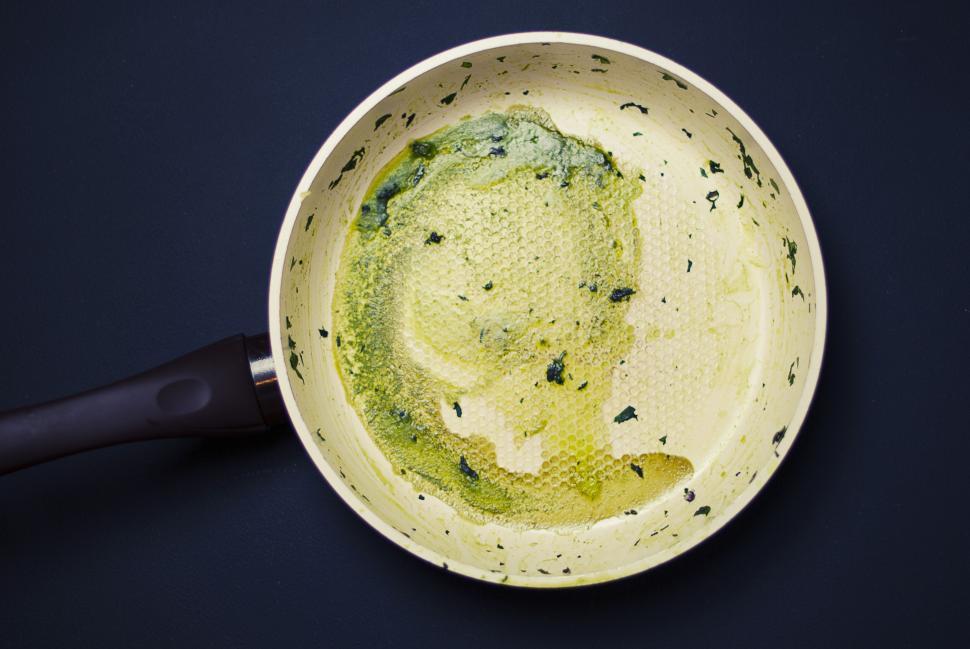
Many ceramic nonstick pans are dishwasher-safe, though handwashing is recommended to extend the coating’s lifespan. Food rarely sticks to the ceramic coating, so residue can often be wiped off with a soft sponge and mild soapy water. For example, scrambled eggs or pancakes leave minimal mess, often requiring just a quick rinse and wipe. Avoid abrasive scrubbers or harsh detergents, which can damage the coating. If residue builds up, soaking the pan in warm, soapy water for a few minutes usually does the trick. Rapid temperature changes can cause the ceramic coating to crack or deteriorate over time. Allow the cookware to cool naturally before washing or rinsing. Avoid moving it straight from a refrigerator to a hot stovetop.
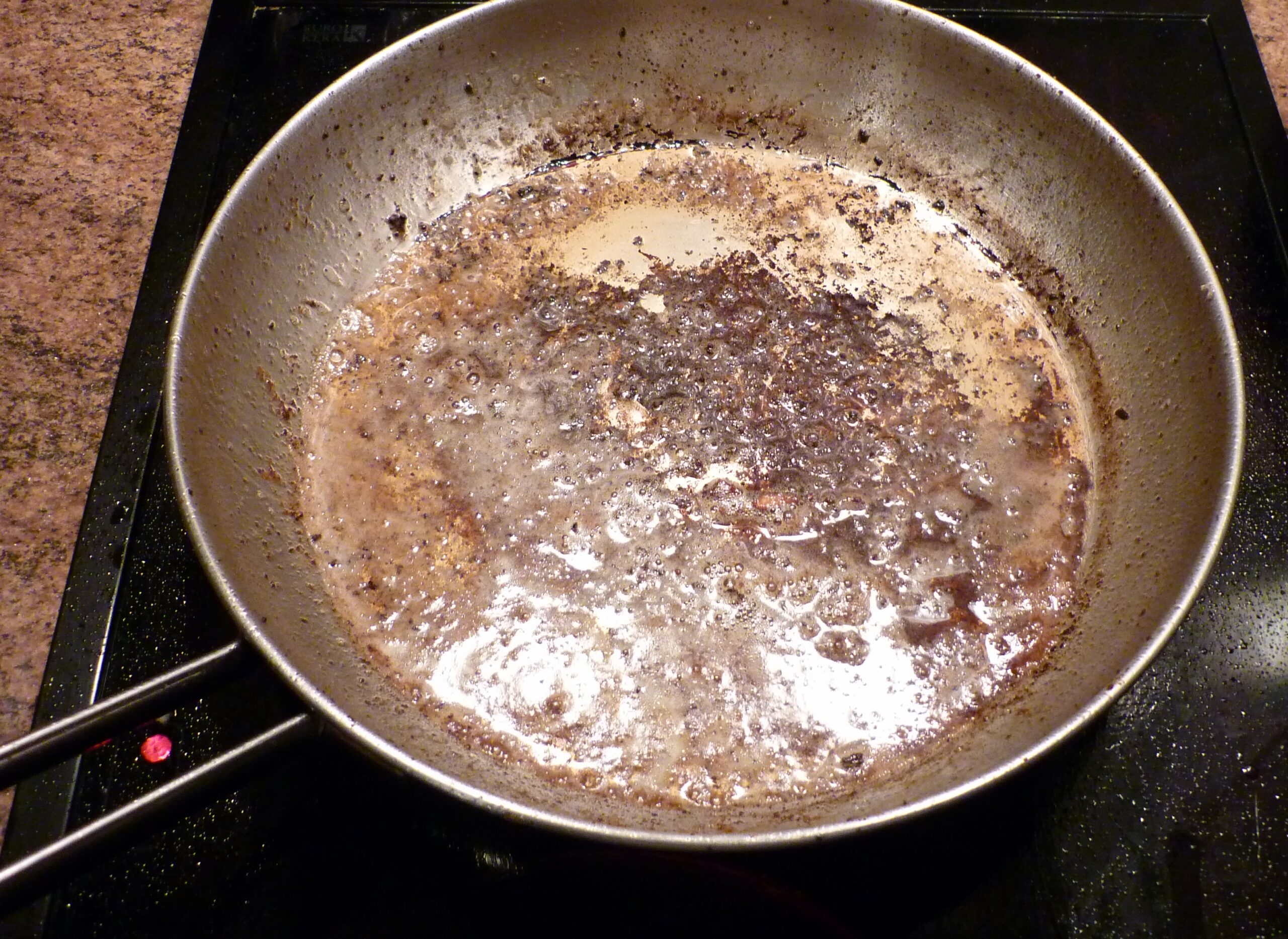
Stainless steel cookware is typically dishwasher-safe. Without proper technique, food especially delicate items like eggs, can stick to stainless steel. Searing meats or making sauces can result in brown, burnt-on bits, which may require extra effort to clean. To clean stuck-on food, deglaze the pan while it’s warm by adding water, broth, or vinegar and scrubbing gently. Unlike ceramic cookware, stainless steel can withstand abrasive scrubbers and steel wool, making it possible to remove even the most stubborn residues.
Ceramic vs Stainless Steel Cookware: Which is Safer
Ceramic nonstick cookware is often marketed as a safer alternative to traditional nonstick cookware that uses polytetrafluoroethylene (PTFE) or perfluorooctanoic acid (PFOA) in its coatings. However, Not all ceramic coatings are created equal. Low-quality ceramic coatings may contain trace amounts of heavy metals such as lead or cadmium, which can leach into food if the coating degrades. Choosing cookware from reputable brands with strict safety standards is crucial.
Stainless steel is an alloy that contains chromium and nickel. While these elements are generally stable, cooking highly acidic foods (such as tomato sauce or vinegar-based dishes) can cause small amounts of nickel and chromium to leach into food. The grade of stainless steel matters. High-quality stainless steel (e.g., 18/10 or 18/8 grades) is less likely to leach metals than lower-grade alternatives. Investing in premium-grade stainless steel cookware can mitigate this risk.
Heat Dispersal
Ceramic nonstick cookware is known for its even heat distribution, thanks to the ceramic coating that minimizes hotspots. The coating works as an insulator, ensuring that heat spreads uniformly across the surface, which is ideal for low to medium-heat cooking. However, ceramic nonstick pans may take slightly longer to heat up compared to other materials due to their coating’s insulating properties.
Stainless steel cookware excels in heat retention and is often combined with an aluminum or copper core to improve heat conduction. This core helps distribute heat evenly across the cooking surface, preventing uneven cooking and hot spots. Stainless steel’s superior heat responsiveness allows it to handle high temperatures, making it ideal for searing, browning, and deglazing.
Weight
Ceramic nonstick cookware is generally lighter than stainless steel cookware, making it easier to handle, especially for tasks like tossing ingredients.
On the other hand, stainless steel cookware is noticeably heavier due to its dense, durable construction. This added weight contributes to its excellent heat retention, but may require more effort to lift and maneuver.
FAQ
write a short answer of ‘Are stainless steel pans easy to use?
Stainless steel pans are versatile and durable, but they require some skill to use effectively. Proper preheating, using enough oil, and maintaining the right temperature help prevent food from sticking. With practice, they become easy to use for a wide range of cooking techniques.
Why do people love ceramic cookware?
People love ceramic cookware for its nonstick surface, even heat distribution, ease of cleaning, and stylish designs.
Is ceramic cookware eco-friendly?
Yes, ceramic cookware is considered eco-friendly as it’s made from natural materials and typically free from harmful chemicals like PFOA and PTFE.
Is ceramic cookware healthy?
Ceramic cookware is healthy because it doesn’t release harmful fumes or chemicals, even at high temperatures, making it a safer option for cooking.
Is ceramic better than nonstick?
Ceramic is better for those seeking a chemical-free nonstick surface, while traditional nonstick pans are often more durable and easier to maintain.
Is stainless steel cookware healthy?
Yes, stainless steel cookware is healthy as it doesn’t leach harmful chemicals into food and is non-reactive, preserving the natural flavors of ingredients.
What are the disadvantages of ceramic cookware?
Ceramic cookware is less durable, prone to chipping or cracking, and the nonstick coating can wear out over time with heavy use. To prevent wear out the coating, use silicone utensils.
The Final Verdict: Which to Choose: Ceramic vs Stainless Steel Cookware?
Both ceramic cookware and stainless steel cookware offer unique benefits. If convenience, quick, and healthier cooking cooking are your priorities, ceramic nonstick cookware is a great choice, even if it requires periodic replacement. Stainless steel, on the other hand, requires a bit of skill to achieve and maintain a nonstick effect, but it rewards you with durability and versatility. Ultimately, the best choice depends on your cooking habits, dietary needs, and personal preferences. However, many cooks find value in having both in their arsenal to cater to a variety of recipes and cooking needs.

